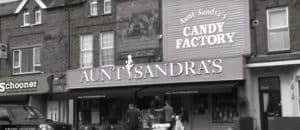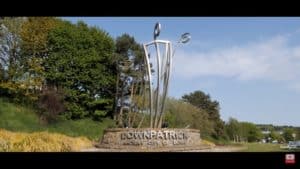7 Factors to Consider When Planning a Holiday to Dublin
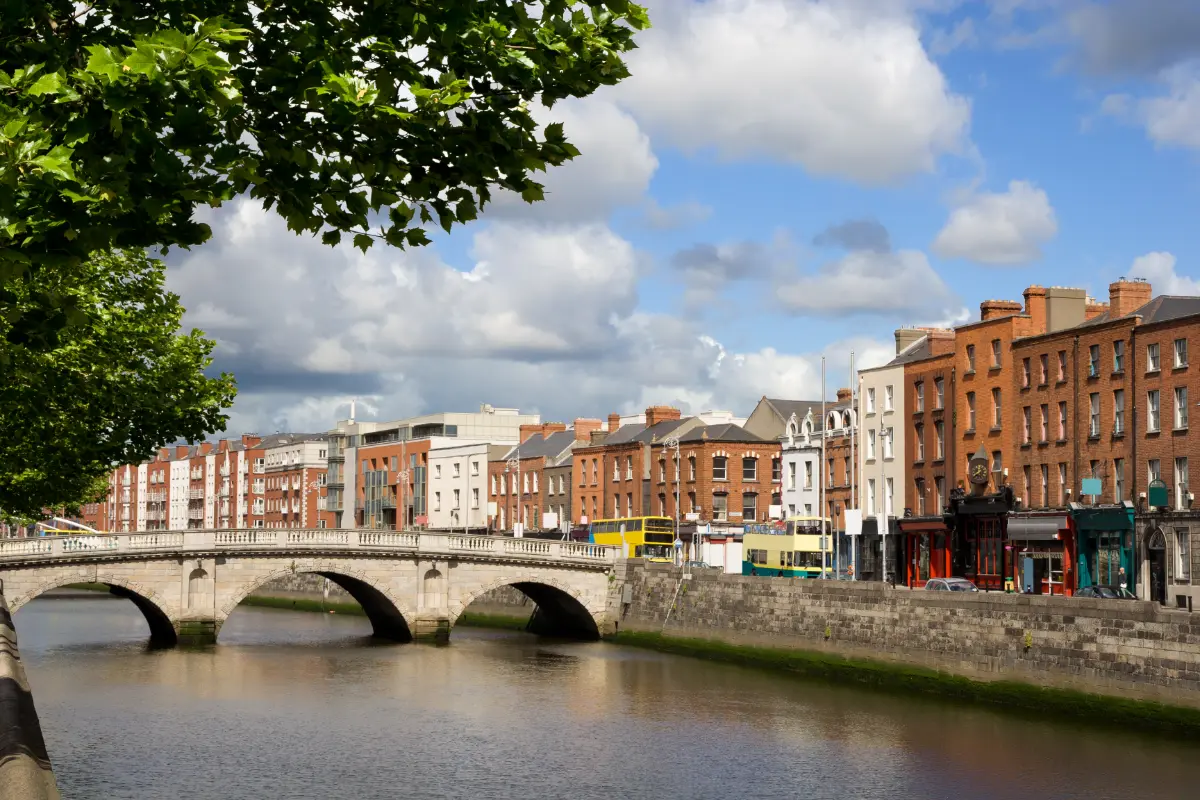
Updated On: April 04, 2024 by Raghda Elsabbagh
Planning a holiday to Dublin? Look no further! Our ultimate guide has everything you need to know. From exploring the vibrant city’s rich history and enthralling culture and finding the perfect accommodation to navigating must-see attractions and top-notch grub spots, we’ve got you covered.
So, what do you say? Let’s embark together on an exhilarating journey of planning!
Table of Contents
Why Choose Dublin for Your Holiday?
Choosing Dublin for your holiday can be a fantastic decision for several reasons. Here are some compelling factors that make Dublin an attractive destination:
1. Rich History and Culture
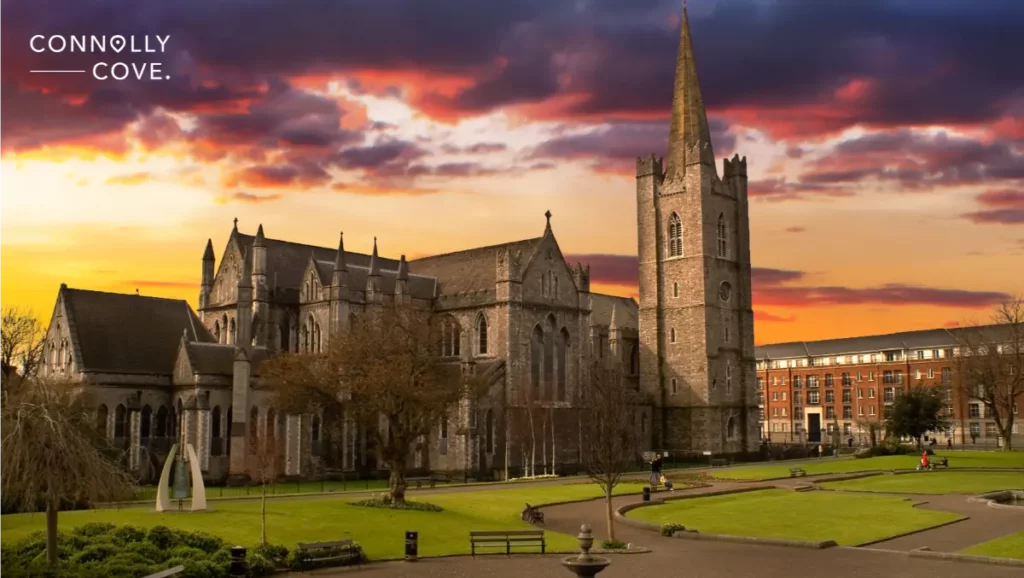
Dublin is steeped in history and culture, with landmarks, museums, and historic sites that showcase its fascinating past and heritage. Its streets echo stories of the past, and its buildings hold secrets of centuries gone by. You can step into history at the Irish History Museum and unearth Dublin’s deep-rooted culture there. Walk around; every footstep hits a historical mark here in Dublin!
2. Vibrant Atmosphere
It is an old city, but it has a young heart that beats fast and loud. Dublin is known for its lively and friendly atmosphere. The city’s streets are filled with music, laughter, and the warmth of the Irish people, creating a welcoming and enjoyable environment for visitors.
Eat in top-notch food spots, check out local artists’ works, or join lively festivals highlighting modern Irish culture! Trust us—this mix of old and new makes Dublin vibrant to look at and live in! This city will never bore you; instead, it’ll make you fall in love with its rich history and culture over and over again.
3. Literary Legacy
Dublin has a rich literary heritage, being the hometown of renowned writers like James Joyce, Samuel Beckett, and W.B. Yeats, who drew their inspiration from these magical lanes. Explore the city’s literary attractions, including museums and locations associated with famous authors.
4. Wide Range of Accommodations Available
When planning your holiday to Dublin, you’ll find many accommodations to suit every traveller’s preferences and budget. If you’re tight on budget, several cosy hostels, budget-friendly guesthouses and backpacker-oriented accommodations are scattered throughout the city. They all have this vibrant social atmosphere perfect for meeting fellow adventurers. Luxury travellers seeking indulgence can find elegant boutique hotels or high-end resorts with top-notch amenities, ensuring a comfortable stay.
Foodies will be delighted by the numerous bed and breakfasts located near renowned restaurants, offering easy access to delectable cuisine experiences. History buffs can opt for historic hotels situated in landmark buildings that tell stories of Dublin’s past through their architecture and interiors.
5. Pubs and Nightlife
Dublin is famous for its pubs, where you can enjoy traditional Irish music, dance, and, of course, a pint of Guinness. The nightlife in areas like Temple Bar is vibrant and offers an excellent opportunity to experience the local social scene.
6. Friendly Locals
The Irish people are known for their friendliness and hospitality. Visitors often find the locals approachable and ready to engage in a friendly conversation or share recommendations, adding to the overall positive experience.
7. Natural Beauty
Scenic landscapes, parks, and coastal areas surround Dublin. You can explore places like Phoenix Park and Howth or drive along the Wild Atlantic Way for breathtaking views and outdoor activities.
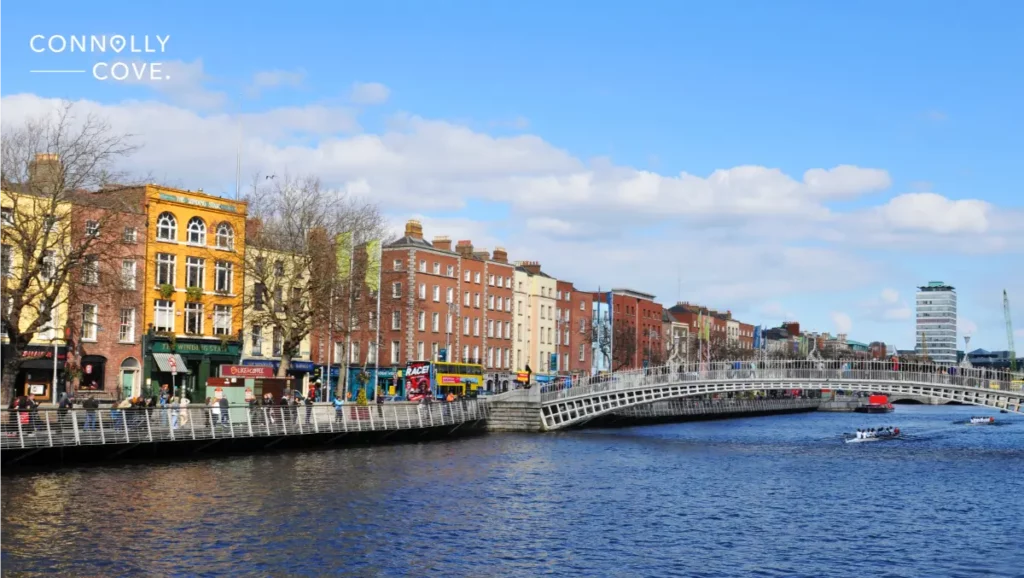
8. Cultural Events and Festivals
Dublin hosts a variety of cultural events and festivals throughout the year. From music and film festivals to St. Patrick’s Day celebrations, there’s always something happening in the city.
9. Walkable City
Dublin is a relatively compact city, making navigating and exploring on foot easy. Many of the major attractions, shopping districts, and dining areas are within walking distance of each other, allowing you to immerse yourself in the city’s charm.
10. Accessibility
Dublin is well-connected, with an international airport and well-connected public transportation options. This makes it convenient for travellers to reach the city and explore other parts of Ireland.
Planning Your Holiday to Dublin
Planning a holiday to Dublin involves considering some factors to ensure a smooth and enjoyable trip. Here are some essential factors to think about:
1. When is the Best Time to Visit Dublin?
We recommend visiting Dublin during the spring or autumn when the weather is milder and temperatures range from 10-15 degrees Celsius. Spring brings blooming flowers and green landscapes, while autumn showcases beautiful fall foliage without the winter chill. These seasons also offer lower crowds without the summer tourist rush. Accommodations are also more affordable during those seasons, making it ideal for those on a budget. If you plan to visit in summer, be prepared for crowds and book accommodations and activities in advance.
2. What’s Your Budget?
Determine your budget for flights, accommodation, meals, transportation, activities, and souvenirs. Dublin can be relatively expensive, so having a clear budget can help you make informed decisions. Backpackers can find affordable hostels in the city centre. You might book a boutique hotel or a luxury apartment overlooking River Liffey if you opt for some luxury.
3. Accommodation: What are the Popular Areas to Stay in?
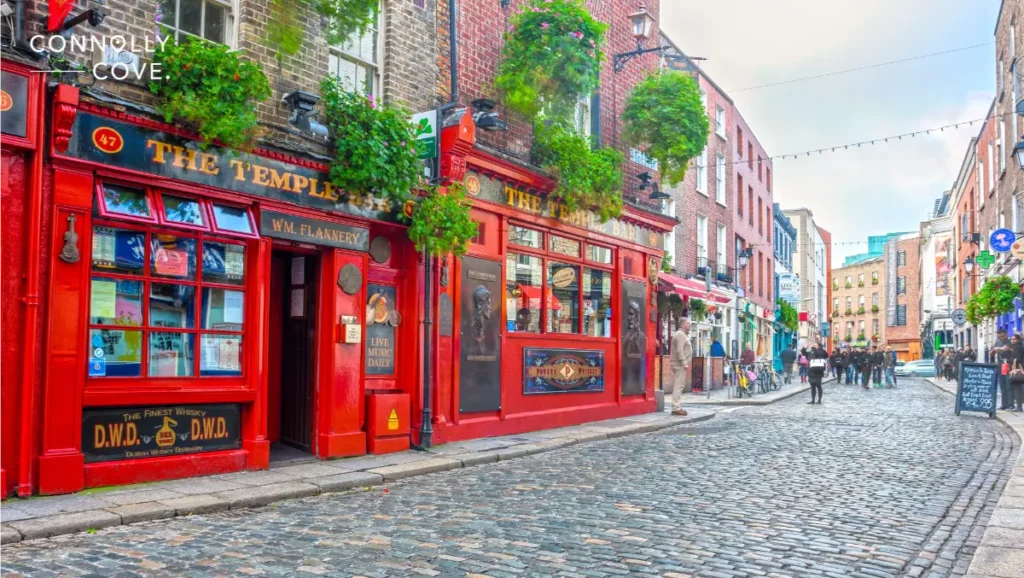
Dublin offers a variety of neighbourhoods and areas to stay in, each with its unique charm and attractions. The best place for you depends on your preferences, budget, and interests. Here are some popular areas in Dublin:
- Temple Bar: Known for its vibrant nightlife, this area is a cultural and entertainment hub. It’s close to many tourist attractions, restaurants, pubs, and galleries.
- City Centre (North and South): Staying in the bustling city centre allows easy access to major attractions like Trinity College and Dublin Castle, and shopping districts like Grafton Street. North and South City Centre are both lively and well-connected.
- Dublin 2 (D2): This central area includes places like Merrion Square and Fitzwilliam Square. It’s close to cultural institutions like the National Gallery of Ireland and has a mix of shops, restaurants, and pubs.
- Georgian Quarter: Characterised by its well-preserved Georgian architecture, this area is both elegant and historic. It’s a quieter option compared to Temple Bar but still close to the city centre.
- Docklands: The Docklands area has undergone significant redevelopment, and it’s now home to modern architecture, tech companies, and the Convention Centre Dublin. It’s a good choice if you prefer a more contemporary atmosphere.
- Smithfield: Located just northwest of the city centre, Smithfield is known for its market square and historical landmarks. It’s a trendy area with a mix of modern and traditional elements.
- St. Stephen’s Green Area: Close to the beautiful St. Stephen’s Green Park, this area is surrounded by upscale shops, restaurants, and cultural attractions. It’s a more relaxed part of the city.
- Ranelagh: If you prefer a more residential and upscale neighbourhood, Ranelagh offers a range of restaurants, cafes, and boutique shops. It’s far from the city centre but well-connected by public transport.
When choosing an area, consider your preferences for nightlife, shopping, cultural attractions, and overall atmosphere. Additionally, proximity to public transportation is essential for easy city exploration. Keep in mind that Dublin is a relatively compact city, making it easy to move around and explore different neighbourhoods.
4. What are the Must-see Attractions and Activities?
Dublin is a city rich in history, culture, and charm. Here are some must-see attractions and activities in Dublin that you shouldn’t miss on your holiday to Dublin:
Trinity College and the Book of Kells
Explore the historic campus of Trinity College, Ireland’s oldest university. Don’t miss the Library’s Long Room, home to the famous Book of Kells, an illuminated manuscript that dates back to the 9th century.
Dublin Castle
Discover the history of Dublin Castle, a major government complex with a mix of medieval, Georgian, and modern architecture. A guided tour will enlighten you about its varied uses over the centuries.
St. Patrick’s Cathedral
Admire the stunning St. Patrick’s Cathedral, the largest cathedral in Ireland. Attend a service or explore the interior, which includes impressive architecture and historical artefacts.
National Museum of Ireland
Explore the National Museum, which has several branches, including Archaeology, Decorative Arts & History, and Natural History. Each branch offers unique exhibits showcasing Ireland’s heritage.
Phoenix Park
Relax in Phoenix Park, one of Europe’s largest enclosed urban parks. Explore the Victorian gardens and see the President of Ireland’s official residence, Áras an Uachtaráin. You might be lucky and spot a deer.
Dublin Zoo
Located in Phoenix Park, Dublin Zoo is popular for families and animal lovers. The zoo is home to various species and offers educational programs and events.
Kilmainham Gaol
Delve into Irish history with a visit to Kilmainham Gaol. This former prison played a vital role in the struggle for independence. Guided tours provide insight into the country’s political past.
Dublin’s Viking and Medieval Quarter
Stroll through the Viking and Medieval Quarter, where you can explore Dublin, a museum showcasing Viking and medieval Dublin, and visit Christ Church Cathedral.
Ha’penny Bridge and River Liffey
Cross the iconic Ha’penny Bridge, a pedestrian bridge over the River Liffey. Stroll along the riverbanks and appreciate the city’s picturesque views.
Dublin’s Literary Attractions
Dublin has a rich literary history, and you can explore it by visiting the James Joyce Centre, Writers Museum, and other locations associated with famous Irish writers.
Temple Bar
After dark, immerse yourself in Dublin’s cultural and entertainment district, Temple Bar. Enjoy live music performances, visit art galleries, and experience the lively atmosphere of its pubs and restaurants.
Irish Cuisine
Try traditional dishes like Irish stew or fish and chips at one of Dublin’s restaurants to taste the local cuisine. Here are some recommendations for the best restaurants in Dublin to savour these classic dishes:
- The Woollen Mills: Known for its historic setting, it serves traditional Irish dishes, including a hearty Irish stew. The restaurant is located on the banks of the River Liffey.
- The Horseshoe Bar at The Shelbourne, Autograph Collection: Located within the luxurious Shelbourne Hotel, The Horseshoe Bar offers a refined atmosphere in which to enjoy Irish stew and other local specialities.
- The Winding Stair: Nestled along the River Liffey, The Winding Stair features a cosy atmosphere and a menu emphasising Irish ingredients.
- Leo Burdock: Leo Burdock is a legendary fish and chip shop in Dublin, serving this classic dish for over a century. It’s a popular spot for those seeking a delicious and traditional fish and chips experience.
- Beshoff Bros: Beshoff Bros is another iconic fish and chip establishment in Dublin, offering a range of fresh seafood. Their crispy fish and golden fries are well-loved by locals and visitors alike.
- The Old Storehouse: Situated in Temple Bar, it is known for its live music and serves traditional Irish dishes, including a tasty Irish stew.
These attractions offer diverse experiences, blending history, culture, and entertainment. Research and plan the attractions you want to visit. Depending on your interests, you can customise your itinerary to make the most of your holiday to Dublin. For popular attractions, consider purchasing tickets in advance to avoid long queues.
5. Transportation: How Will You Get Around?
Plan how you’ll get to Dublin and navigate the city. Dublin has a well-connected public transportation system, including trains, busses, and trams that will easily take you around the city. Decide if you’ll need a rental car or can rely on public transport and walking. If you prefer to drive, remember that they drive on the left side of the road in Ireland.
6. Essential travel information: Currency and Payments
Ireland uses the Euro (EUR), so make sure to exchange your money before you go. Inform your bank about your exact travel dates to avoid credit/debit card transaction issues. Carry some cash for smaller shops that may not accept cards.
7. Safety and Health
As for safety, Dublin is generally a safe city, but like any other place, it’s always good to be cautious and aware of your surroundings. Keep an eye on your belongings and avoid walking alone late at night. Ensure you have travel insurance that covers medical emergencies. Familiarise yourself with emergency numbers and healthcare facilities. Be aware of your surroundings and take necessary precautions to stay safe.
Whether you are interested in history, literature, music, or simply enjoying the local ambience, a holiday to Dublin will never fail to impress. By carefully considering the factors in this guide, you’ll be well-prepared for your holiday to Dublin, and you can make the most of your time in this beautiful city. Start planning your dream Dublin vacation now and create unforgettable memories!


